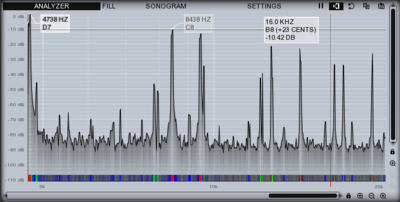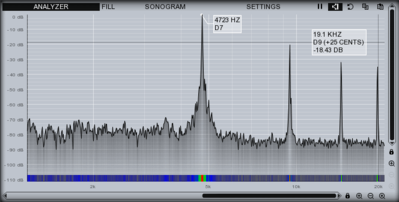Romantique Tp wrote:It was indeed Eric who mentioned that, but he was referring to the SR-JV80 expansion boards such as the highly regarded SR-JV80-02 Orchestral board.
It's been 10+ years, but the statement of my recollection definitely mentioned the Sound Canvas, if not explicitly the SC-55, and was likely one of these from ~2002:
Eric Persing wrote:"At the time, sure....the whole 700 series development and the libraries was pretty much my "baby" when I was full-time with Roland. We had an R&D facility in Culver City and did tons of sampling and went all over the world to make those libraries. Roland viewed libraries differently than I did......more like an accessory or purely as source material and research to be used for profitable "lite" instruments like the Sound Canvas and the JV/XV series."
Eric Persing wrote:"Part of my gig with Roland has always been to listen to their compression work, and tell them when is too much and give them advise on how to balance sound quality vs quantity of sounds/instruments in a synth or expansion board. Obviously, they compress the Sound Canvas much more than the JV....the JV more than an SR-JV card, which is more than an XV or an SRX series card. It's a graduating scale. They still aren't able to fit stereo samples with multiple dynamics on those ROM based things many times...that's why the CD-ROMs always sound so much better...and their uncompressed too."
He could very-well have been referring to the JV waveforms found in the SC-88 and later, and timewise, that probably makes the most sense, but unless you want to surprise me by telling me that you're actually Eric Persing, or one of the designers of the SC-55, I imagine we're still dealing with assumptions, albeit, educated ones. 😀
The compression that he mentions is very much a sonic detriment of the SC-55 though, whereby, even having uncompressed versions of 30kHz/12-bit samples would be an improvement over the derived versions found in the SC-55. With this in mind, and given the similarities, a split-channel pair of MV-30s with the SN-MV30-01/02 cards and GS instrument banks loaded might be an interesting alternative for anyone looking for higher-fidelity, "SC-55-like" playback.

